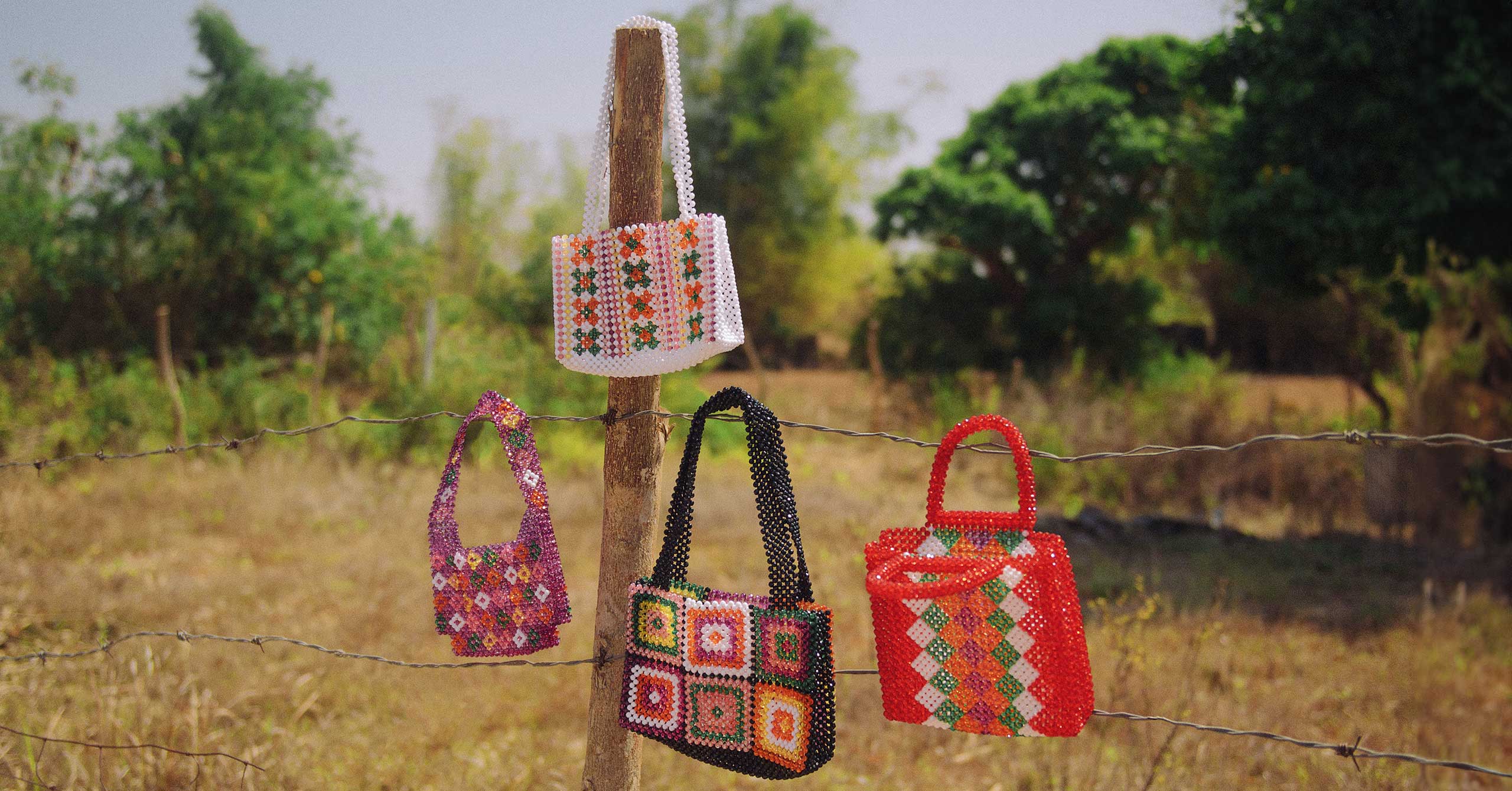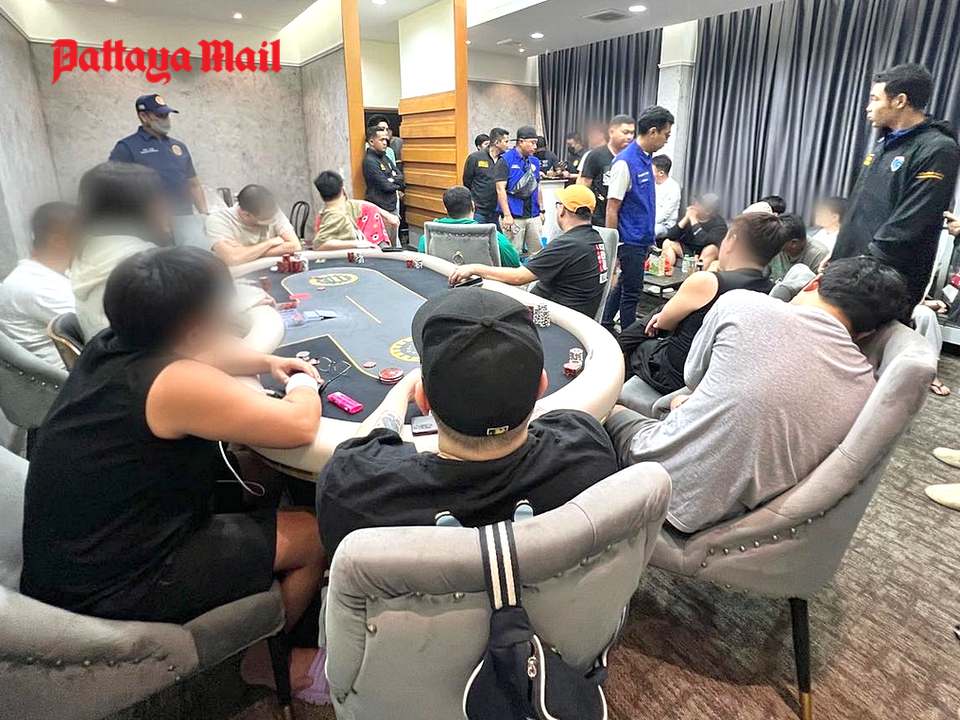Fashion
At Studio Süg, Fashion And Heritage Are Become One

Bea Constantino traces the fine threads that weave between her cultural and creative lineage through her work at STUDIO SÜG.
In 2021, at the height of the pandemic, stylist Bea Constantino found herself in the midst of a sea change both personal and professional. Having just experienced the loss of her father during an already tumultuous period, she found herself increasingly introspective and in search of a deeper connection to “home.”
While she grew up in Manila, she had been raised on stories centered around her ancestral hometowns: Zamboanga and Sulu. “I cared a little about these stories when I was younger,” she shares, “but as I got older, I craved to know more about my ancestors and their hometowns. I felt like each story allowed me to get to know myself more and more.”
Years prior, during another transformative period in her life, Bea also found herself circling back to these roots. Putting her career as an in-demand stylist on hold in order to start a clothing label called Herman and Co., affectionately named after her great great grandfather, Herman Schück. As an ode to her maternal grandmother’s penchant for pairing couture pieces by Aureo Alonzo with traditional Tausug ensembles, the brand made a name for itself by combining seemingly disparate elements, like traditional Mindanaoan weaves with contemporary pieces like bomber jackets and crop tops. “I tried to see what would happen if I married my fashion know-how with my heritage, which led me to revisit my hometowns as an adult and to see them through my family’s lens. The whole experience gave me such an inexplicable sense of belonging and self-awareness.”
Courtesy of STUDIO SÜG
While her original vision for the brand was built partially around the hope of showcasing these locally-crafted pieces to a global audience, post-pandemic, she found herself contemplating its direction. “I just felt like the name and its global aspirations were no longer faithful to my aim of cultural storytelling. It felt a tad self-ish (not selfish but self-based) to name a community-centric path based on my roots.”
The decision to rebrand to Studio Süg happened naturally. “‘Sug’ means current in native Tausug,” she explains, “and people from Sulu are known as ‘people of the current.’” Rather than swimming against the tide of change, Bea decided to flow with it.
“I wanted to set a fresh tone for the brand, from narrative to having a physical creative space. I envision the cultural storytelling ethos encompassing any platform. A retail space, an online site, a podcast, more community-building efforts. I also liked how the word sounds: suggg. With a very abrupt and hard G at the end. I felt it represented more the space I found myself in, in 2021.”
“On an intrinsic level, I consider the weavers my teachers and myself a perpetual student“
While Studio Süg may have evolved, its original goal of creating connections to its Mindanaoan roots still remains. Bea describes its current iteration as “a heritage concept that aims to put a spotlight on artisan products from Mindanao, while bringing the slow-paced probinsya lifestyle home.”
For the uninitiated, Studio Süg’s pieces feel both fresh yet familiar. “Bold and bright are two words I always use,” Bea explains. “It’s an amalgamation of our nearby neighbors’ (Borneo, Malaysia, and even Indonesia’s) cultures. Zamboanga is known for its colorful flowers and festive, Latin energy. Sulu has a deeper and perhaps darker expression of its culture. Tausugs are warriors by blood. Our culture is bold and bright with hints of courage and nobility because of its past.”
A perfect example of this dynamic is their playful version of the pis siyabit, a traditional Tausug headwrap. Featuring handwoven geometric patterns in vibrant colors, Studio Süg’s modern take sees the addition of iridescent floral beading cascading dramatically over the hemline. Once worn around the hilt of a blade for battle or during ceremonial occasions like weddings, today’s version can be folded over the hair as a bandana or knotted elegantly around the neck as a scarf. Each handmade weave is sourced directly from Sulu, where a group of women weavers run their own co-op.

Courtesy of STUDIO SÜG
“Studio Süg is not a social enterprise, but we make it foremost to partner with artisans in these communities by purchasing fairly from them,” Bea says. “We purchase from textile merchants in Sulu, sellers in Zamboanga who work with weavers in Basilan, and baluy [colorful woven mats] from Badjao communities. Our purchases help them move dead stocks and allow them to reach their monthly sales quotas. I’m aware that this is only a tiny contribution to the bigger needs and challenges of the community, but for now we are trying our best with our own limited personal resources.”
While her creative inclinations have allowed her to breathe new life into old traditions, she views her own work as preservation rather than innovation. “On an intrinsic level, I consider the weavers my teachers and myself a perpetual student. They are the ones who truly know the stories behind the textiles. Perhaps I always lean more towards tradition. I would love to see this craft continue for the next generations to come. I am so fortunate to be able to hear their wisdom. I think people are starting to see and appreciate Mindanao’s story, which is a hopeful time to witness.”











